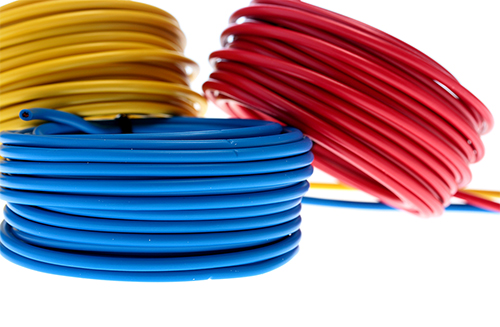
Electrical cables are the lifelines of modern infrastructure, serving as conduits for the transmission of power and data. Understanding the various types of electrical cables and their applications is crucial for anyone involved in the fields of engineering, construction, or maintenance. In this comprehensive guide, we will delve into the fundamental aspects of basic electrical cables, shedding light on their composition, classifications, and practical uses.
Composition of Electrical Cables
At their core, electrical cables consist of conductors, insulation, and protective sheathing. The conductor, typically made of copper or aluminum, serves as the pathway for electrical current. Insulation, often composed of materials like PVC, XLPE, or rubber, surrounds the conductor to prevent electrical leakage and ensure safety. Additionally, protective sheathing, made of materials such as PVC, provides mechanical and environmental protection, safeguarding the cable from external elements.
Classification of Electrical Cables
Electrical cables are classified based on their applications, construction, and voltage ratings. Common types include power cables, control cables, instrumentation cables, and communication cables. Power cables are designed for the transmission and distribution of electrical power, while control cables facilitate the operation of industrial machinery and equipment. Instrumentation cables are utilized for transmitting signals from sensors and instruments, and communication cables, such as Ethernet and coaxial cables, enable data transmission in telecommunications and networking systems.
Practical Applications
The diverse range of electrical cables finds application across various industries and settings. In residential and commercial construction, electrical wiring systems utilize power cables to distribute electricity throughout buildings. Control cables play a crucial role in industrial automation, enabling the seamless operation of manufacturing processes. Instrumentation cables are integral to the functioning of control systems in oil refineries, chemical plants, and other industrial facilities. Moreover, communication cables form the backbone of modern telecommunications infrastructure, facilitating high-speed data transmission in both wired and wireless networks.
Considerations for Selection
When selecting electrical cables for specific applications, several factors must be considered. These include voltage ratings, current-carrying capacity, environmental conditions, and compliance with industry standards and regulations. Understanding the requirements of the intended application is essential for choosing the most suitable type of cable to ensure optimal performance and safety.
Conclusion
In conclusion, basic electrical cables are indispensable components of modern infrastructure, serving as conduits for the transmission of power and data. By understanding their composition, classifications, and practical applications, professionals in various industries can make informed decisions when selecting and installing electrical cables. As technology continues to advance, the demand for efficient and reliable cable solutions will only grow, emphasizing the importance of staying abreast of the latest developments in the field of electrical cables.


